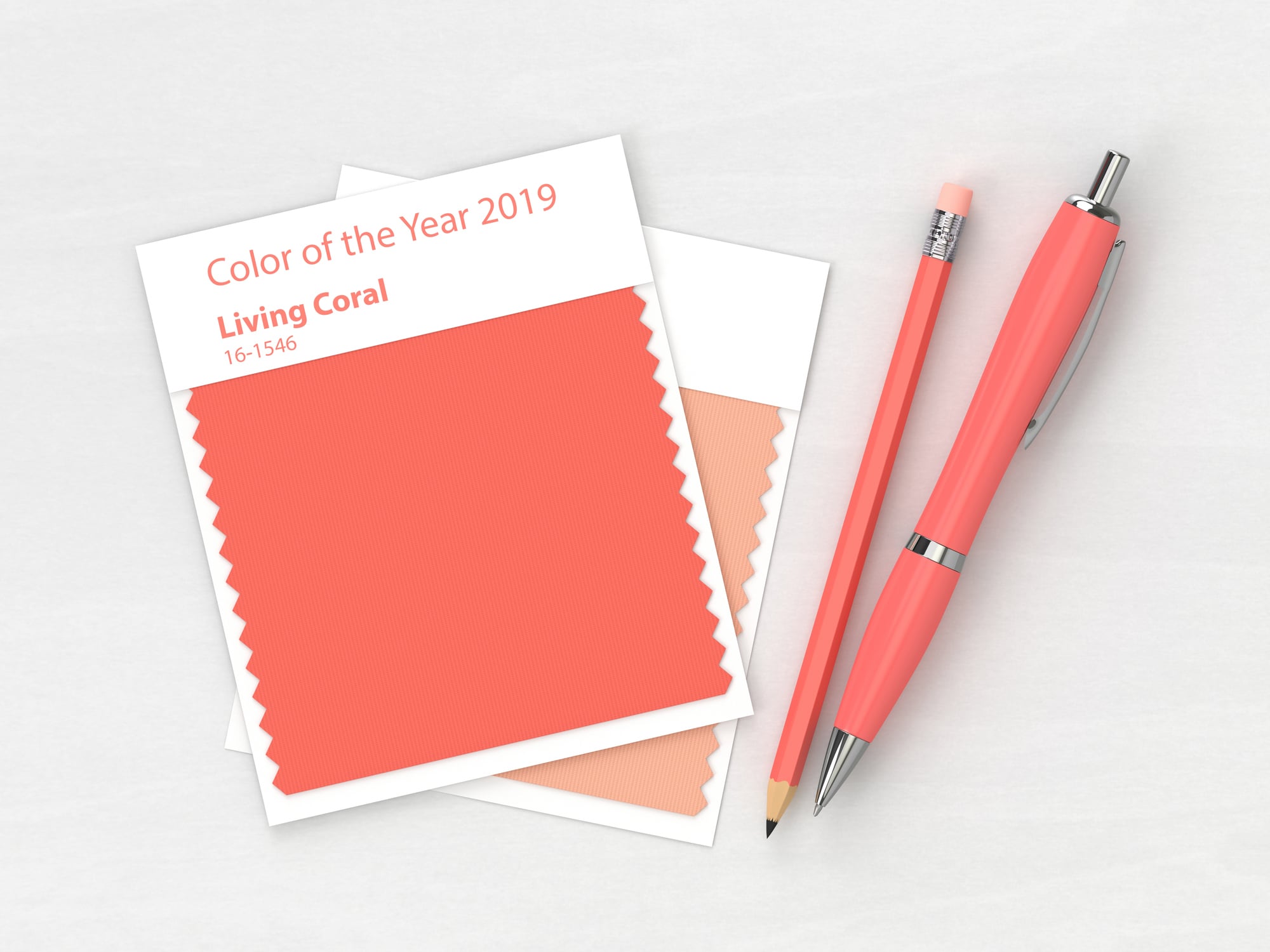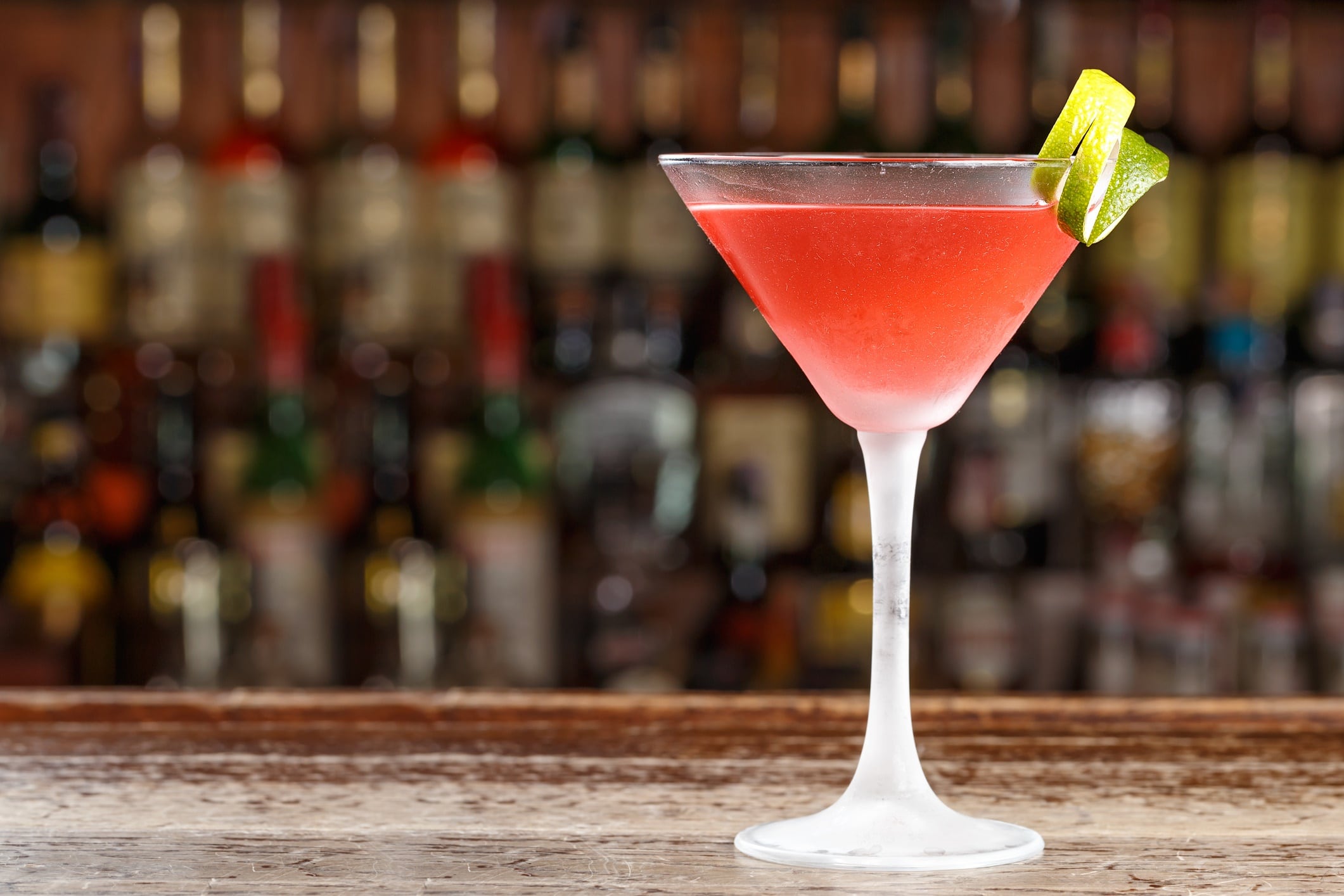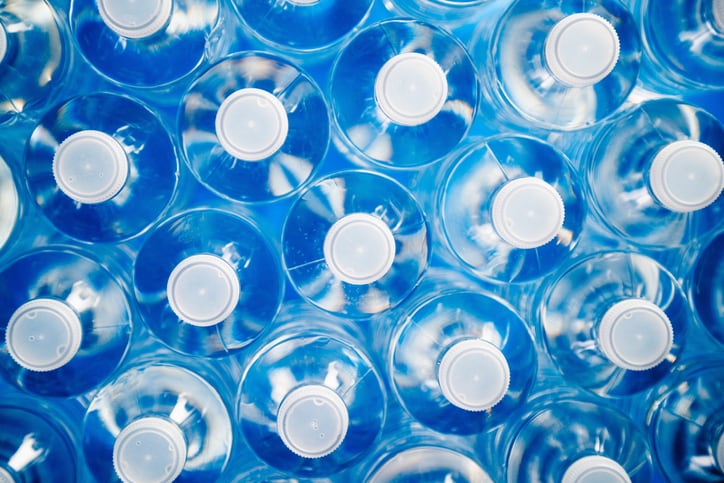Spirits have been outperforming the traditional beer and wine segments in the UK for a number of years now, and while gin has been the shining star of the category other drinks like rum and whisky are growing.
In fact, spirits have grown to almost one in 3 serves in total beverage alcohol.
In 2018, spirits grew by 7.4% in value to £11.1bn. The majority of this increase was fuelled by gin which grew by +52.2% in value while other areas such as malts (+3.6%) and rum (+4.1%) also saw positive growth.
Diageo’s Drinks Report 2019 eyes up the growth opportunities for alcoholic beverages in Great Britain.
Gin
Gin is still highly popular: growing 42.2% last year in its fifth year of consecutive double-digit growth, making it the fastest growing category in total alcohol.
“Everyone now wants a piece, and compared to two years ago there are over 200 new gin brands in the UK market, accounting for nearly a quarter of all spirits NPD – a strong effort from a category that still only makes up 20% of total spirits," says Diageo in its report.
“Retailers and on trade outlets are desperate to cater for consumers’ growing repertoire – up to 6.9 gin brands in 2019, up 26.3% vs. 2017 – with whole bays dedicated to gins and tonics popping up in the big four grocers and the average number of gin brands stocked in an on trade outlet up +223% vs. 2015.”
From pink to pantone

Pink drinks – and particularly pink gin – has seen soaring success over the last year, attracting consumers thanks to its eye-catching colour and Instagram appeal.
But Diageo eyes up a potential new colour trend for 2019: Living Coral.
“2018 was the year that pink truly took over the gin category, following the successes of rose in the wine world and rose gold in every lifestyle blogger’s Instagram feed.
“With the Pantone colour of the year named as Living Coral, will we start to see a softer shade emerging in alcoholic beverages?”
Vermouth revival
Vermouth has been fast to follow in the steps of gin, offering a similarly light and refreshing option that suits the aperitif occasion.
Google searches for vermouth have grown 30% in the last year to reach one million searches in 2018, according to figures from Kantar Worldpanel.
“First revived by mixologists as supporting cast in classic cocktails, vermouth has become a trend unto itself, served neat or in a spritz,” says Diageo.
“The fortified wines meet the desire for both moderation and botanicals. Craft producers in new regions are jumping into the category, infusing vermouth with contemporary twists and local ingredients.”
Whiskey production widens around the world
While whisky production is usually associated with Scotland, America and Ireland, there are in fact now more than 25 whisky producing nations – ‘with distilleries popping up in new countries at a rate of knots’, according to Diageo.
“Countries where production was once largely domestic are exporting their whiskey and sparking global interest as they collect awards, for example, India, Japan, France, Myanmar and South Africa all featuring in categories at the World Whisky Awards 2019.
“As the world of whisky continues to grow, we are starting to see an increasing number of niche global brands coming to back bars and supermarket shelves in the UK. Further down the line expect to see new outlets springing up that specialise in the likes of Scandinavian or Australian whisky.”
It’s an exciting time for whisky – and yet it may not be all smooth sailing. The category is up against gin as a competitor, and must make a focused appeal to win over consumers.
“There was a time when whisky evoked images of old men in leather armchairs, of inaccessible prices, of acquired tastes and above all, of a spirit that could only ever be drunk neat or with a little water. Times are changing and we are seeing pioneering attempts to cut through the complexity, overcome consumer barriers and make whisky a more accessible category for all to discover."
And yet, despite the green shoots of growth, whisky has struggled recently. Total trade sales have fallen by -8.8% in the last five years, driven by the declining popularity of large mainstream brands, and category has not done enough to appeal to new drinkers and keep pace with the inexorable rise of gin, which overtook whisky as the #2 biggest spirits category in the on-trade in 2018.
“To drive whisky back into growth we need to bring new drinkers into the category," says Diageo. "We have to cut through the noise that surrounds the category and focus instead on an evocative flavour led approach, supported by exciting serves.
“We are seeing retailers and suppliers embrace this approach across the trade. Leading the way is Black Rock in London which has simplified its 250+ whiskies into 6 distinct flavour groups with just 3 price points. Meanwhile, brands like Monkey Shoulder and Copper Dog highlight the mixability of their product, and Suntory have created the ‘Toki Highball Machine’ which pours the perfect whisky highball.
“In the off trade Asda have used a similar approach to Black Rock on their online grocery platform launching a ‘Whisky Guide’ that groups all products into one of 4 flavors. They are using evocative imagery to convey the flavour profiles to consumers, with education driving trade up and exploration.”




